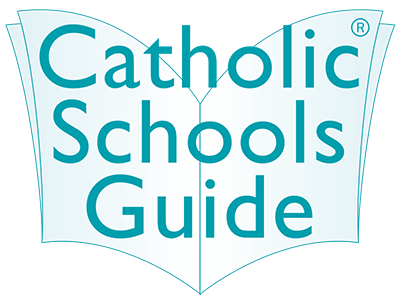News and Media

WHY YOUR SCHOOL NEEDS A BRAND GUIDE
Article source: https://metricmarketing.ca/perspectives/why-your-school-needs-a-brand-guide/
Steve Forbes famously said, “Your brand is the single most important investment you can make in your business.” But what exactly is a brand… and what is a brand guide… and how can you get your entire team on board with consistent standards? Here’s a quick piece on the importance of branding that you can share with your colleagues, faculty and board.
What is a brand?
At its simplest level, a brand is a representation of a company or product – in this case, your private or independent school – that impacts your recognition and reputation. Far more than just a logo, branding is a combination of visual elements, design, colors, fonts and key messages. Think of it as your organization’s global dress code: clean, professional, standardized, and the same for all users… with all the wrinkles ironed out by your marketing team!
Your brand is represented across many teams and departments, from marketing to admissions to athletics, the arts, the board, and the parent council. Proactively providing standards, expectations, information, and materials helps to ensure you are all telling the same story and protecting your brand’s integrity and prestige.
(Need support? Find out how to Turn Your Head of School Into a Marketing Champion.)
What is a brand guide?
A brand guide is a reference document that collects all the assets, information and rules about how to present your school – designed to help ensure consistent design and messaging. The exact contents can be customized, but most include a complete suite of visual assets, design standards, color swatches, information and files so that no one is creating their own version of anything. This way, everything you need to represent your school is in one handy place – so it’s easy to find and exactly the same every time.
Stay open to adding to or evolving your brand guide or providing more information, additional files, etc. The goal is for your brand guide to be relevant, useful and practical.
Why do you need a brand guide?
A brand guide sets expectations and demonstrates the approved standards for your institution’s marketing. You can’t (or shouldn’t) hold people accountable to standards you haven’t defined and shared with them!
In addition, a brand guide that’s well understood and fully adopted can help lighten the load for marketing. Your team is likely understaffed and responsible for so many things, so it helps to equip other teams to represent your brand the ways you want them to. The guide helps ensure that no one needs to – or will be tempted to – go off on their own to figure something out or recreate it (*shudder*).
How can you create a brand guide?
Creating a brand guide does not need to be an overwhelming task… but if it is, we’d love to help! Start with a table of contents and decide what you will include. Here’s a quick list of common sections and inclusions.
- Logo and Logo Usage Guidelines
Include all the approved versions of your school logos in your document, so people can see how the different formats compare. Also save all the digital files in one location (and then back it up!). Define how and when to use each logo, minimum margins, if there are any that require special permission from marketing, etc.
To do this well, you’ll want to consider every version of your logo that will commonly be used. Think about things like: vertical and horizontal versions, color vs. black and white, reversed out, just the icon, just the wordmark, secondary logos like a school seal or athletics logo, and different file formats like .jpg, .png, .svg, .eps.
It’s especially important to get these guidelines and logo files exactly right – so if you don’t have a professional, experienced graphic designer on staff, it would be well worth the investment here.
- Typography and Fonts
Provide the names of your primary and secondary fonts – and include examples of how you’d like them to be commonly used together in real life. Define when and how to use them including weight and style. Think about things like: headline and body copy, web vs. print choices, optimal size and weight/style if there are bold or italic or light options. It’s especially helpful to include examples of how these fonts are displayed in an actual piece, like a sample layout that includes a headline plus subheading and body copy.
- Color Palette
Determine your primary and secondary colors and when and how to use them. It’s not enough to say, for example, “red” and “gray.” You need the Pantone, CMYK, and RGB color codes for the exact shades of each of your primary, secondary and approved accent colors, so they look the same in print, on screen and everywhere else they’ll be used (right down to swag, signage and athletics jerseys).
Don’t forget to define your neutral colors as well. For example, what looks better with your logo: a bright white or a softer ivory tone, or a stark black or a dark gray or brown tone? Show samples and give all the codes for each color swatch.
There’s some leeway in matching fabric samples, but if you regularly order school t-shirts, uniforms, etc. from a certain manufacturer, you may want to record the name of the approved fabric shade in this section. The same goes for your school plaid – state the name of the tartan and show an example.
- Imagery and Photography
Define the type, style, and tone of photography that is right for your brand and how to achieve it. Do you only want photographs, but no illustrations? Do you allow filters? Must all images meet your school dress code? Should student images be posed or ‘in the moment’? Are you okay with students wearing logos and branded items? What are your guidelines around ensuring diversity in featured images? What is the ideal ratio of single to group shots? Be sure to show examples.
This is also a great place to reiterate your school’s policies about showing students in photography, required permissions, etc.

